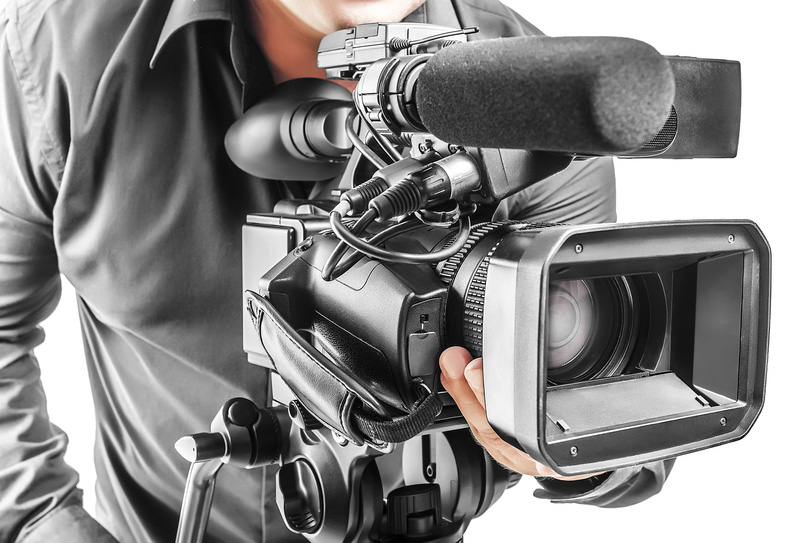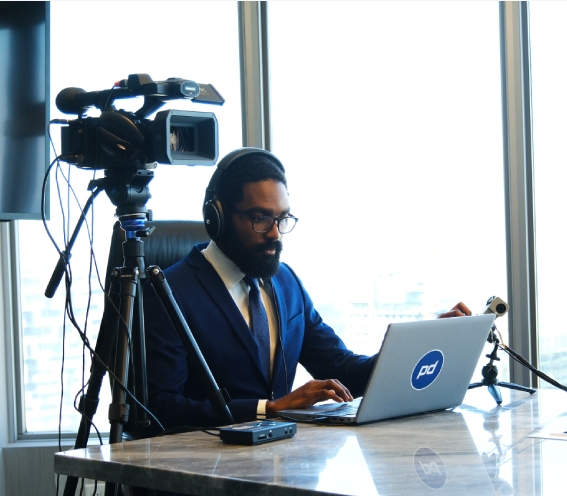Legal Videography: A Key Asset for Effective Trial Presentations
Legal Videography: A Key Asset for Effective Trial Presentations
Blog Article
Why Lawful Videography Is Essential for Accurate Court Recordings
The role of legal videography in court room setups can not be overemphasized, as it serves as an essential device for preserving the integrity of court records. The ramifications of incorporating lawful videography into typical courtroom practices raise vital inquiries concerning its wider effect on the legal system.
Value of Visual Proof
In the realm of lawful proceedings, the relevance of aesthetic evidence can not be overemphasized. Visual proof acts as a powerful device in establishing facts, supporting testimonies, and improving the general quality of a case. This sort of evidence, that includes pictures, video clips, and layouts, can supply a substantial context that spoken descriptions often do not have, thereby providing courts and courts a more clear understanding of the situations bordering an instance.
Furthermore, visual proof help in the retention of information. Human cognition is inherently aesthetic, and people are most likely to bear in mind and comprehend info offered in a visual format. In the court room, this can be vital, as compelling aesthetic evidence can sway viewpoints and enhance the story provided by lawful agents.
In addition, the use of aesthetic proof can decrease misconceptions and uncertainties that often occur from spoken exchanges. By supplying a straight depiction of events, aesthetic proof aids to get rid of subjective interpretations and fosters a more objective evaluation of the realities. The combination of aesthetic evidence right into legal process not just reinforces the honesty of the judicial procedure yet also boosts the possibility of achieving a just outcome.
Recording Non-Verbal Signs
Making use of advanced videography techniques can dramatically enhance the capture of non-verbal signs throughout legal procedures. Non-verbal communication, including faces, body language, and eye call, plays a crucial role in sharing emotions and purposes that may not be explicitly specified in spoken testimony. legal videography. Lawful videography uses high-def electronic cameras and strategic angles to guarantee that these subtle hints are videotaped with quality and accuracy
The capability to evaluate non-verbal habits can provide important context to statements made throughout court sessions. A witness's reluctance or confidence can be interpreted with their stance or gestures, potentially influencing the court's understanding of integrity. Additionally, using close-up shots can help concentrate on an audio speaker's expressions, enabling a more nuanced understanding of the statement.
Additionally, incorporating numerous video camera angles can create an extensive view of interactions, highlighting dynamics in between celebrations entailed. This multifaceted strategy not just enhances the accuracy of the court document however additionally help in preserving the honesty of the judicial procedure - legal videography. Ultimately, recording non-verbal hints via legal videography promotes a richer, much more complete representation of court room proceedings

Enhancing Testament Dependability
The integrity of testament can be significantly bolstered through using premium lawful videography. Video clip recordings function as an unbiased tool that catches not just the talked words of witnesses yet also the subtleties of their distribution, including tone, pacing, and emotional expressiveness. This multifaceted documents offers a more clear understanding of the witness's credibility and objectives, which can be pivotal in legal procedures.
Furthermore, legal videography reduces the possibility for misinterpretations that may occur from written records alone. When jurors can observe a witness's attitude and body language in conjunction with their testimony, they are better equipped to assess the credibility and integrity of the evidence offered. This aesthetic context can strengthen the testimonial narrative, making it a lot more compelling and qualified.
Additionally, the existence of a video clip look at here now recording can hinder possible variances in statement. Witnesses might be extra mindful in their statements when they know they are being tape-recorded, bring about more exact and honest accounts. On the whole, top notch lawful videography enhances the stability of testament, ensuring that the court has accessibility to a total and truthful representation of the truths as conveyed by the witnesses.
Supporting Appeals and Reviews
Legal videography plays an important function in sustaining charms and reviews by providing a thorough aesthetic record of court room procedures. This visual paperwork catches not only the talked words of witnesses and attorneys yet additionally the nuances of body language, intonation, and courtroom characteristics. Such aspects can be pivotal in understanding the context of statements and arguments click for info presented.
In the appellate process, where the focus gets on errors of law and step-by-step fairness, a video clip record can act as a crucial tool for appellate courts. It makes it possible for judges to review the original test context, guaranteeing that decisions are based on a full understanding of the proceedings. The capacity to visually analyze the attitude of witnesses or the interactions in between celebrations can reveal insights that written records may overlook.

Furthermore, lawful videography can assist in clearing up obscurities in testaments or procedural judgments, consequently reinforcing the basis for an allure. By offering a reliable, unbiased account of what transpired in court, legal videography not just sustains the stability of the lawful process yet also empowers all parties involved to make educated decisions regarding their situations.
Simplifying Court Procedures
Enhancing courtroom performance, lawful videography enhances processes by providing prompt access to visual records of process. This innovation allows courts, attorneys, and courts to review vital testament and proof, ensuring that all events have a clear understanding of the instance. By catching the nuances of spoken and non-verbal interaction, videography improves the document, making it easier to comprehend the context and weight of testaments.

Additionally, video clip recordings can assist in remote participation in hearings, enabling greater adaptability in organizing and involvement, which is especially important in complex instances including numerous stakeholders.
Conclusion
In verdict, lawful videography plays an important duty in ensuring exact court recordings by providing necessary aesthetic proof that records both spoken and non-verbal interaction. This technique enhances the dependability of testaments, supports appellate evaluations, and improves court room processes. By cultivating a thorough understanding of court room characteristics, legal videography eventually contributes to more equitable judicial more tips here results, reinforcing the honesty of the legal system and promoting educated decision-making.
Report this page